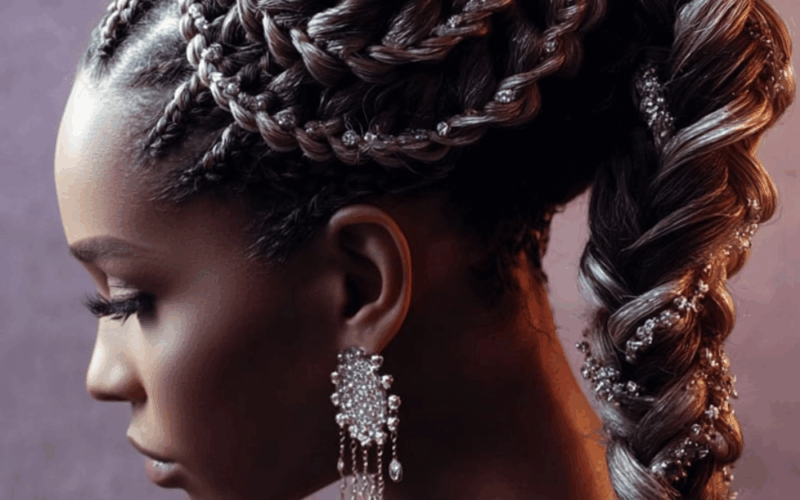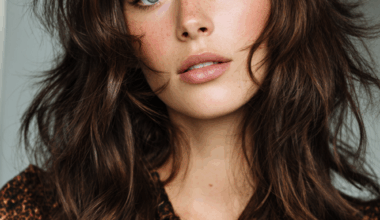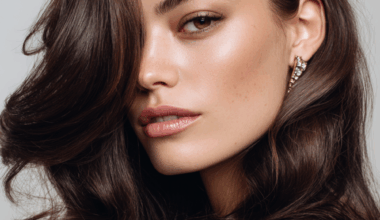Hair has long been a canvas for creativity, from classic braids to avant-garde updos. But in the world of hair art, some styles go beyond imagination, blending geometry, texture, and movement in ways that challenge even the most skilled stylists. Today, we’re exploring 10 conceptual braids so intricate they seem almost impossible to execute—pieces of hair art that push the boundaries of style and technique.
Whether you’re a hairstylist, a hair enthusiast, or simply curious about the art of braiding, these braids demonstrate the limits of human skill and the potential of innovation in hair techniques.
1. Fractal Braid
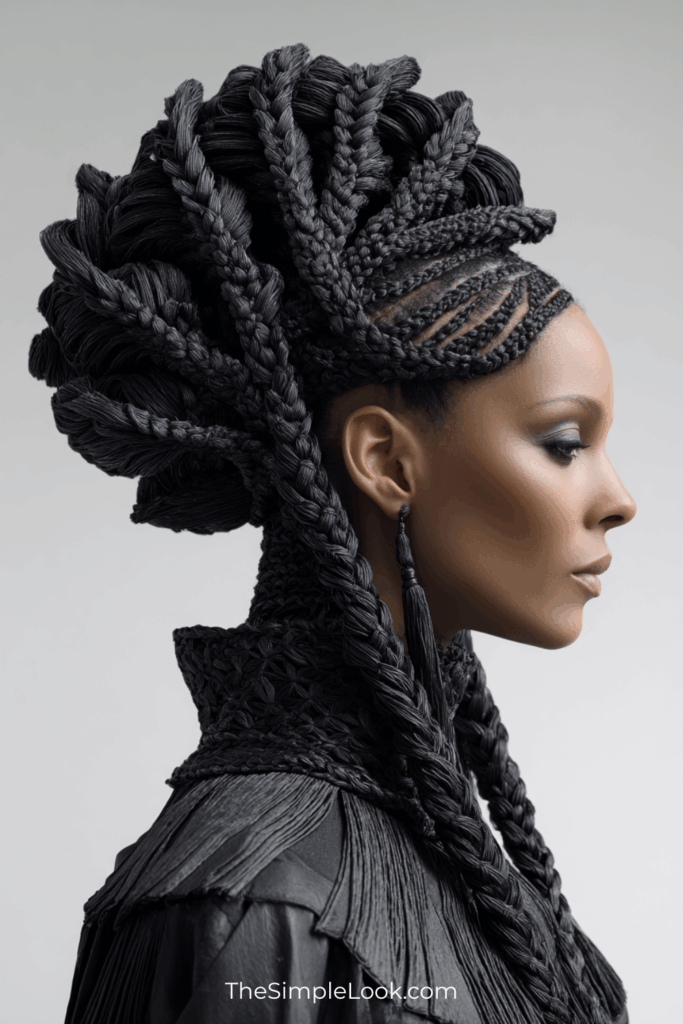
Imagine a braid that spirals infinitely, each twist branching into smaller, identical twists. This fractal braid resembles patterns found in nature, like ferns or snowflakes.
Why it’s mind-bending: Maintaining symmetry across multiple branching layers requires extreme precision. Even a minor misalignment can distort the fractal pattern, making it nearly impossible for human hands to replicate flawlessly.
Hair technique insight: Stylists attempting a simplified version might use modular braiding and hidden extensions to create the illusion of fractal repetition.
2. Möbius Braid
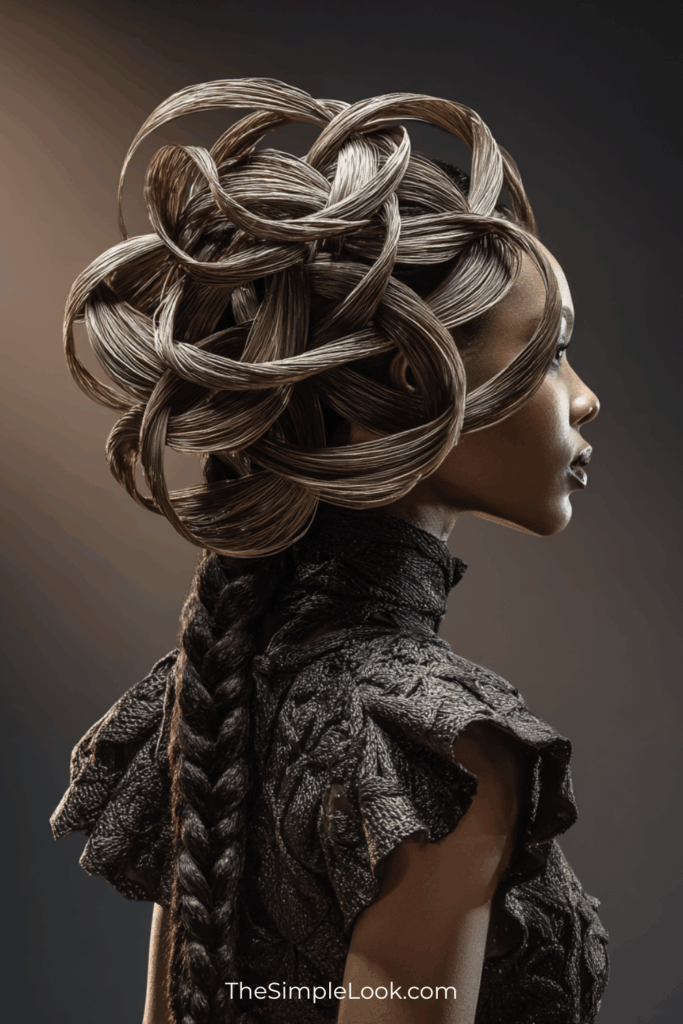
The Möbius braid is inspired by the famous Möbius strip, a surface with only one side and one edge. Braiding hair in this style creates a continuous loop that seems to twist endlessly.
Challenges: Achieving a true Möbius effect in hair requires crossing strands in unconventional ways and keeping tension perfect, which is extremely difficult manually.
Hair art tip: Stylists may simulate the effect with overlapping loops and clever pinning techniques, but the perfect mathematical Möbius remains conceptual.
3. Interlocking Polygonal Braid
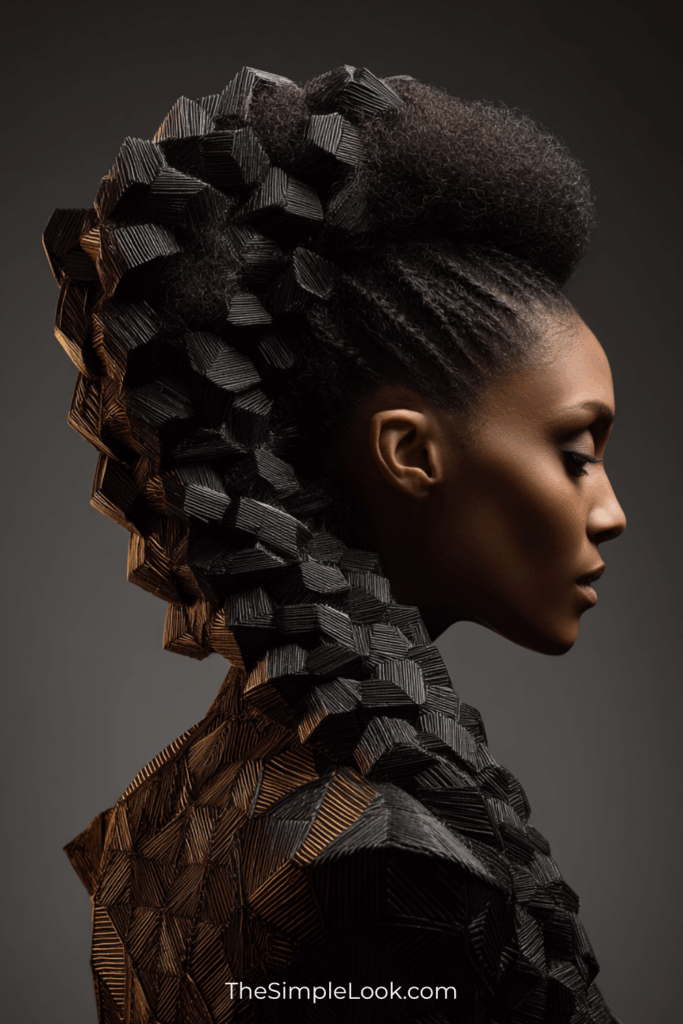
This braid transforms strands into polygonal shapes—triangles, hexagons, even octagons—that interlock like a 3D puzzle.
Why it’s complex: Each section must be meticulously measured to maintain geometric accuracy. Human hands struggle with precision on this scale without mechanical assistance.
Hair technique adaptation: Visual tricks using hair padding or extensions can give the appearance of polygons without requiring exact geometric fidelity.
4. DNA Helix Braid
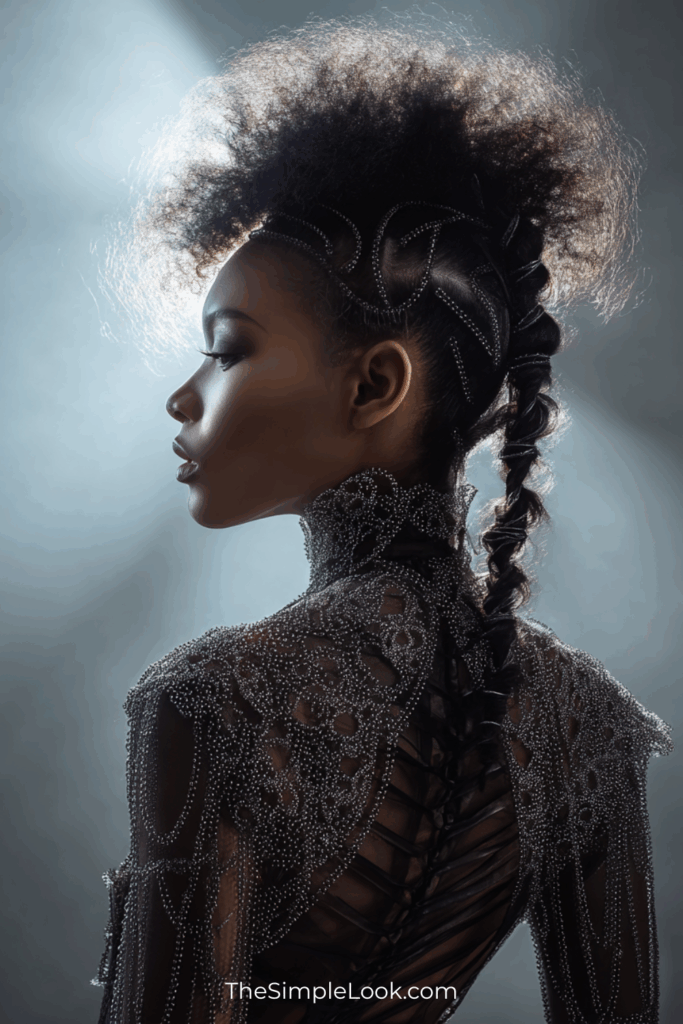
Inspired by the double helix of DNA, this braid features two strands twisting around a central axis while smaller strands wrap around them in a delicate spiral.
Hair art insight: The DNA helix braid requires simultaneous control of multiple strand layers and constant tension, making it an almost impossible feat for human braiders.
Modern adaptation: Stylists might approximate the look using two main braids twisted together and adding thin accent strands to simulate the helical structure.
5. Tessellation Braid
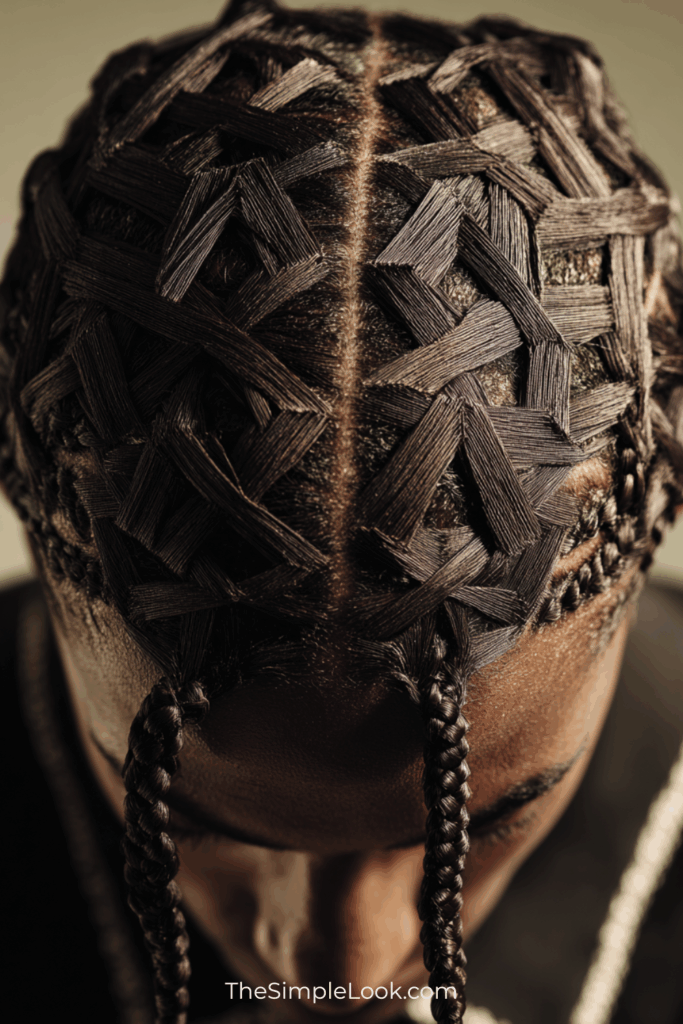
In a tessellation braid, hair strands are woven into repeating patterns that tile seamlessly across the scalp—think of hair as a three-dimensional canvas for geometric tiling.
Complexity factor: The braid demands that each repeat aligns perfectly with its neighbors; even minor mistakes break the tessellated illusion.
Hair technique note: Stylists can use micro-braiding and temporary guides to simulate tessellation, but the fully conceptual version remains virtually impossible to execute by hand.
6. Hypercube Braid
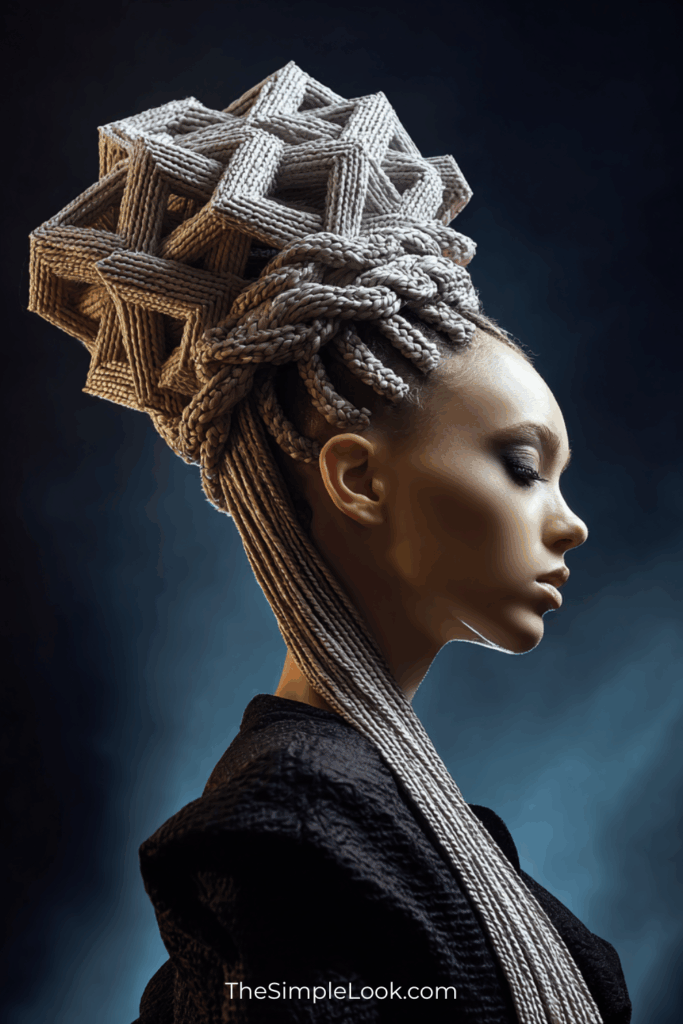
A hypercube braid takes inspiration from 4D shapes, translating a tesseract’s complexity into strands of hair. The result is an optical illusion braid that appears multi-dimensional from every angle.
Why it’s conceptual: Representing a fourth-dimensional object in 3D space using hair requires perfect layering, tension, and symmetry—a task beyond human dexterity.
Practical approximation: Using stacked braids and carefully placed loops, stylists can mimic a hypercube-inspired effect, though the true concept exists mainly in digital renderings.
7. Mobius Lattice Braid
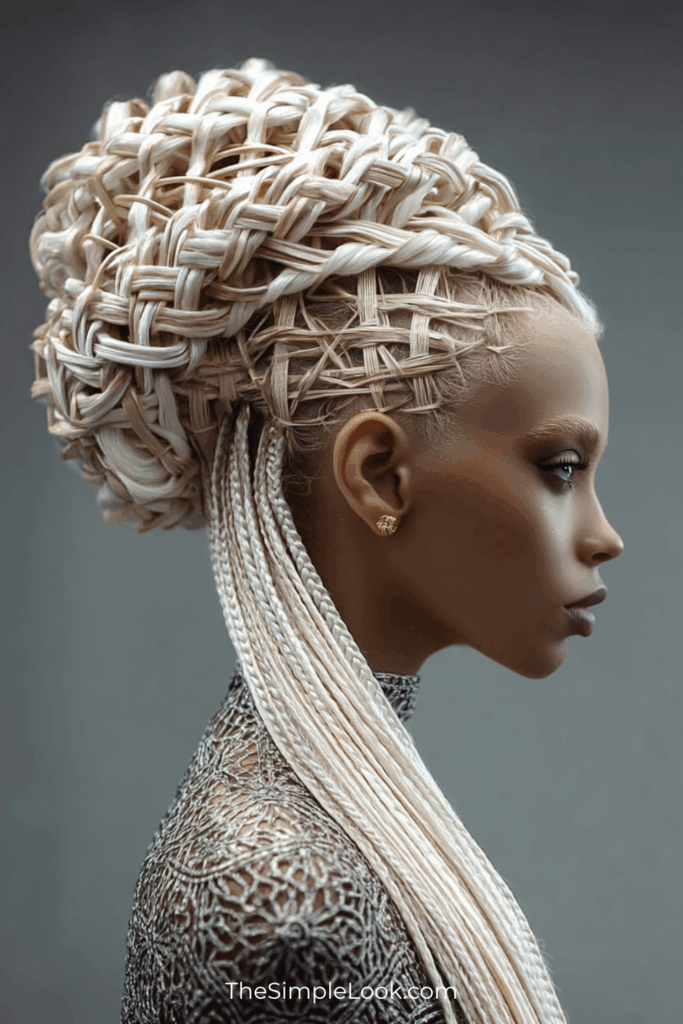
This style combines Möbius twists with a lattice structure, creating a braid that loops and interlocks with itself across the scalp.
Technical challenge: Controlling multiple overlapping strands while maintaining both lattice geometry and Möbius continuity is nearly impossible manually.
Hair art tip: Using extensions or temporary scaffolding can help stylists simulate the effect for runway shows or photo shoots.
8. Nested Spiral Braid
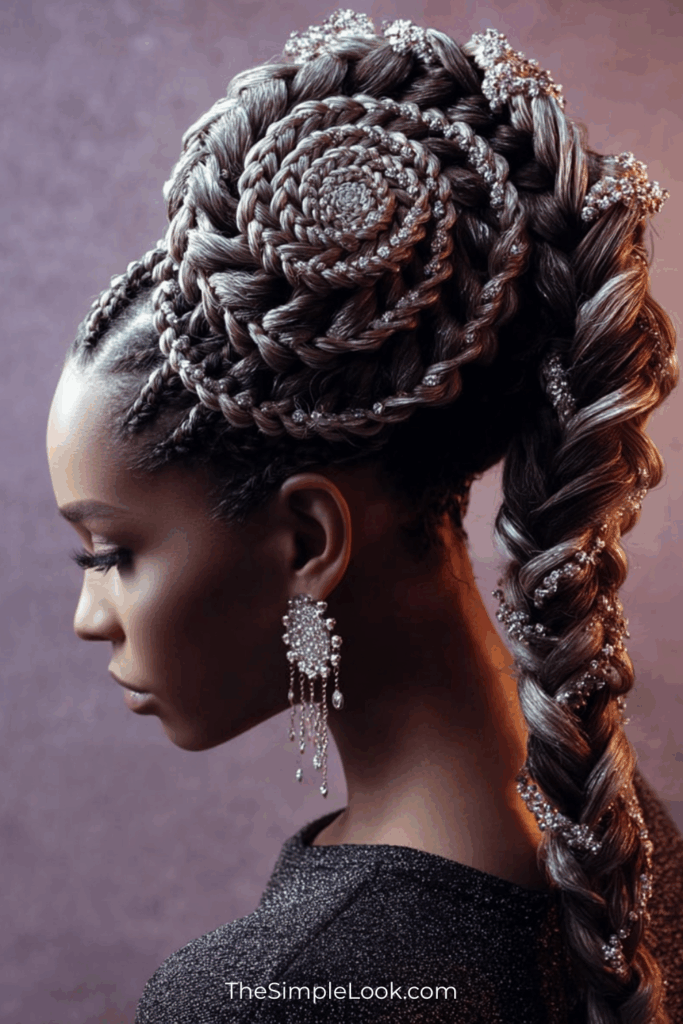
Nested spiral braids feature multiple spirals within larger spirals, forming a hypnotic, fractal-like arrangement of hair.
Difficulty: Each spiral must be perfectly concentric and consistent in tension; minor errors disrupt the intricate nesting.
Hair technique adaptation: Stylists may simplify the braid by nesting only two or three layers and using product to define separation, giving a similar illusion.
9. Mobius Knot Braid
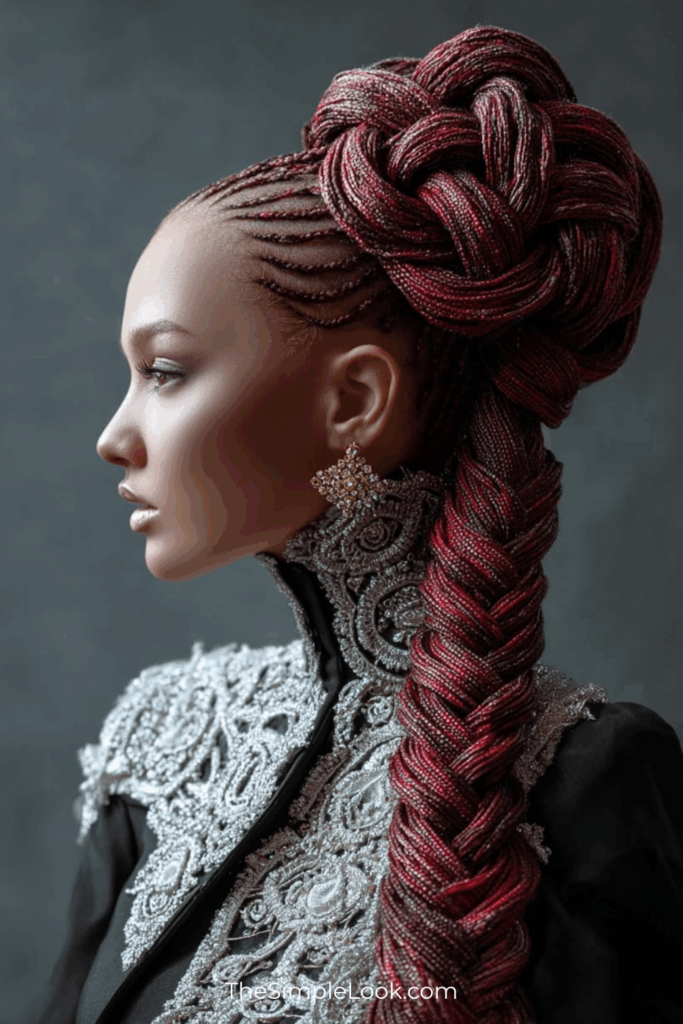
This braid loops hair into a knot structure inspired by Möbius topology, where the braid twists and returns to itself continuously.
Complexity: The continuous loop with twists in multiple planes challenges human spatial perception and braiding dexterity.
Hair art workaround: Visual simulation using pins, loops, and strategically hidden hair extensions can approximate the concept.
10. Fractal Weave Updo
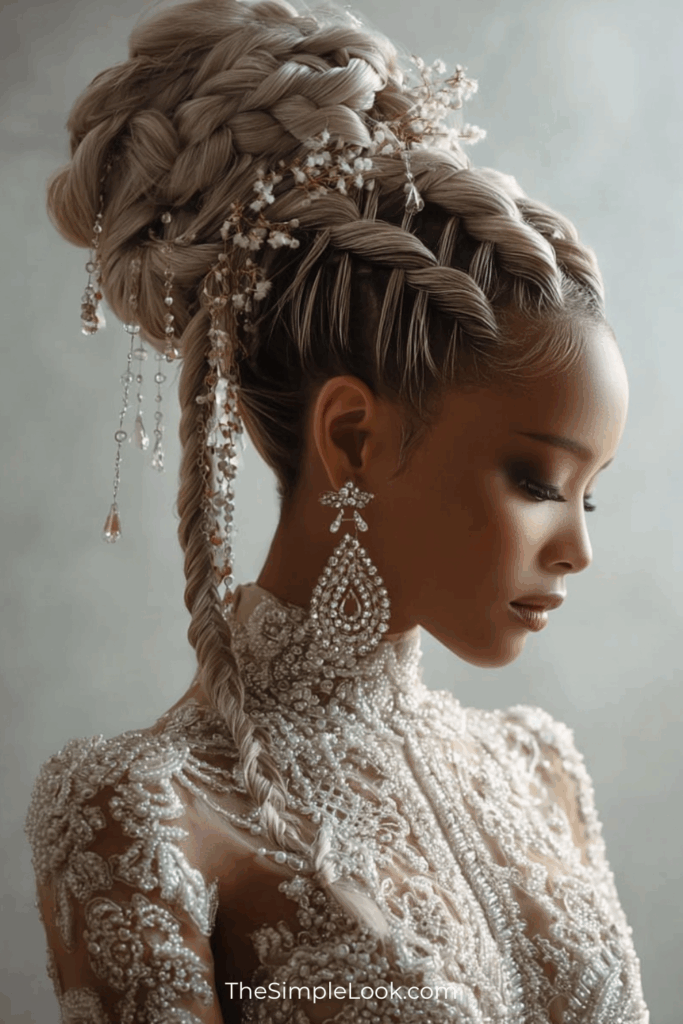
Combining elements of updos, fractals, and layered braids, the fractal weave updo turns hair into a complex, sculptural piece that seems to grow organically from the scalp.
Why it’s conceptual: Maintaining the fractal pattern across the entire head, while keeping the updo balanced and wearable, is far beyond human capability.
Styling adaptation: Stylists may create simplified fractal-inspired patterns with curls, braids, and extensions to evoke the conceptual design.
Why Conceptual Braids Matter in Hair Art
These 10 complex braids demonstrate that hair art is not just about aesthetics—it’s a medium for conceptual creativity. Stylists are exploring new possibilities:
- Digital inspiration: Many conceptual braids exist first in computer simulations before a stylist attempts a physical version.
- Innovation in hair techniques: Advanced braiding techniques, extensions, and product manipulation allow approximation of otherwise impossible styles.
- Inspiration for updos: Conceptual braids often influence avant-garde updos for fashion shows, editorial shoots, and competitions.
Conceptual braids push the boundaries of what is possible, inspiring stylists and hair artists to think beyond traditional techniques. Even when they cannot be fully executed by hand, these designs expand the vocabulary of hair techniques and demonstrate the creative potential of updos and braided hair art.
Conclusion
From fractal weaves to Möbius twists, these 10 conceptual braids show the intersection of art, geometry, and hairstyling. They challenge the limits of human skill, inspiring hair artists to innovate and experiment with hair techniques, updos, and complex braids.
While many of these braids remain theoretical or digitally rendered, they serve as a blueprint for the future of hair art—one where imagination and technique meet, creating works that are truly sculptural, multi-dimensional, and awe-inspiring.
Whether you are a stylist, a hair enthusiast, or a lover of avant-garde fashion, these braids are proof that hair can be more than beauty—it can be art.
